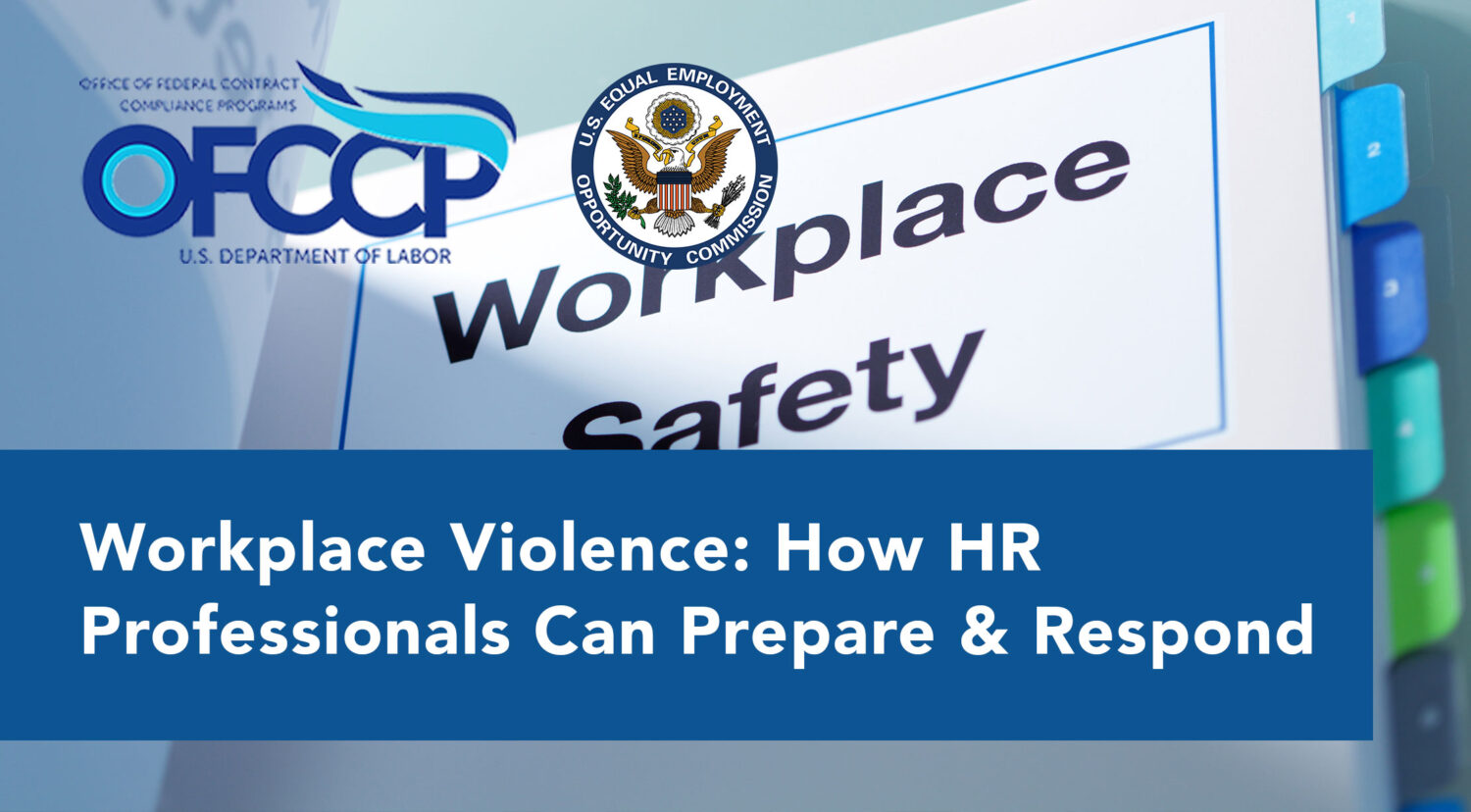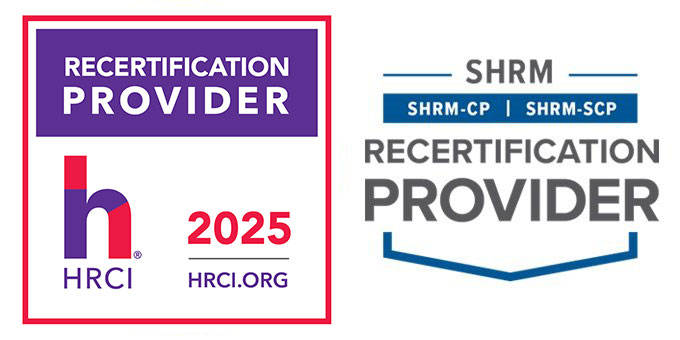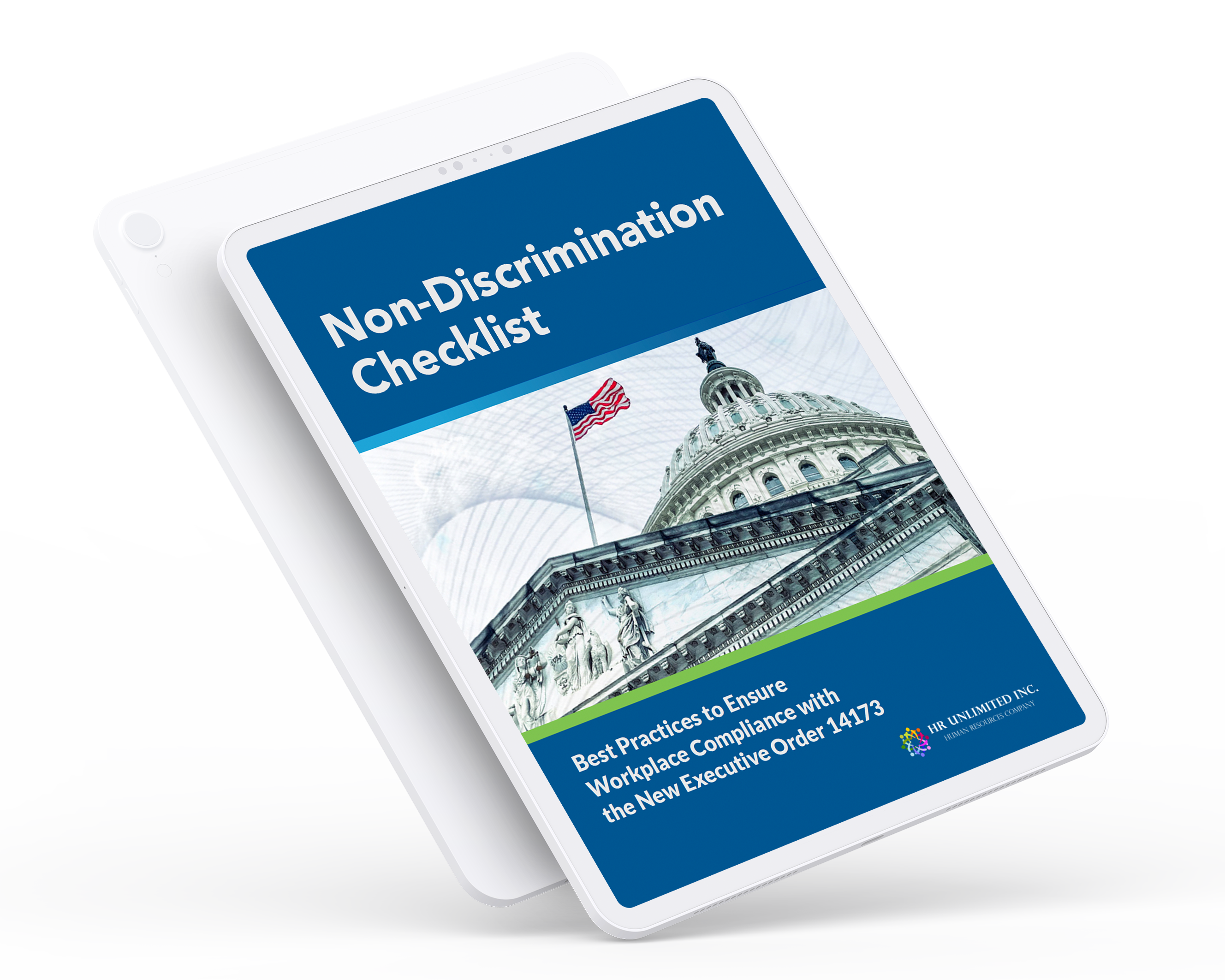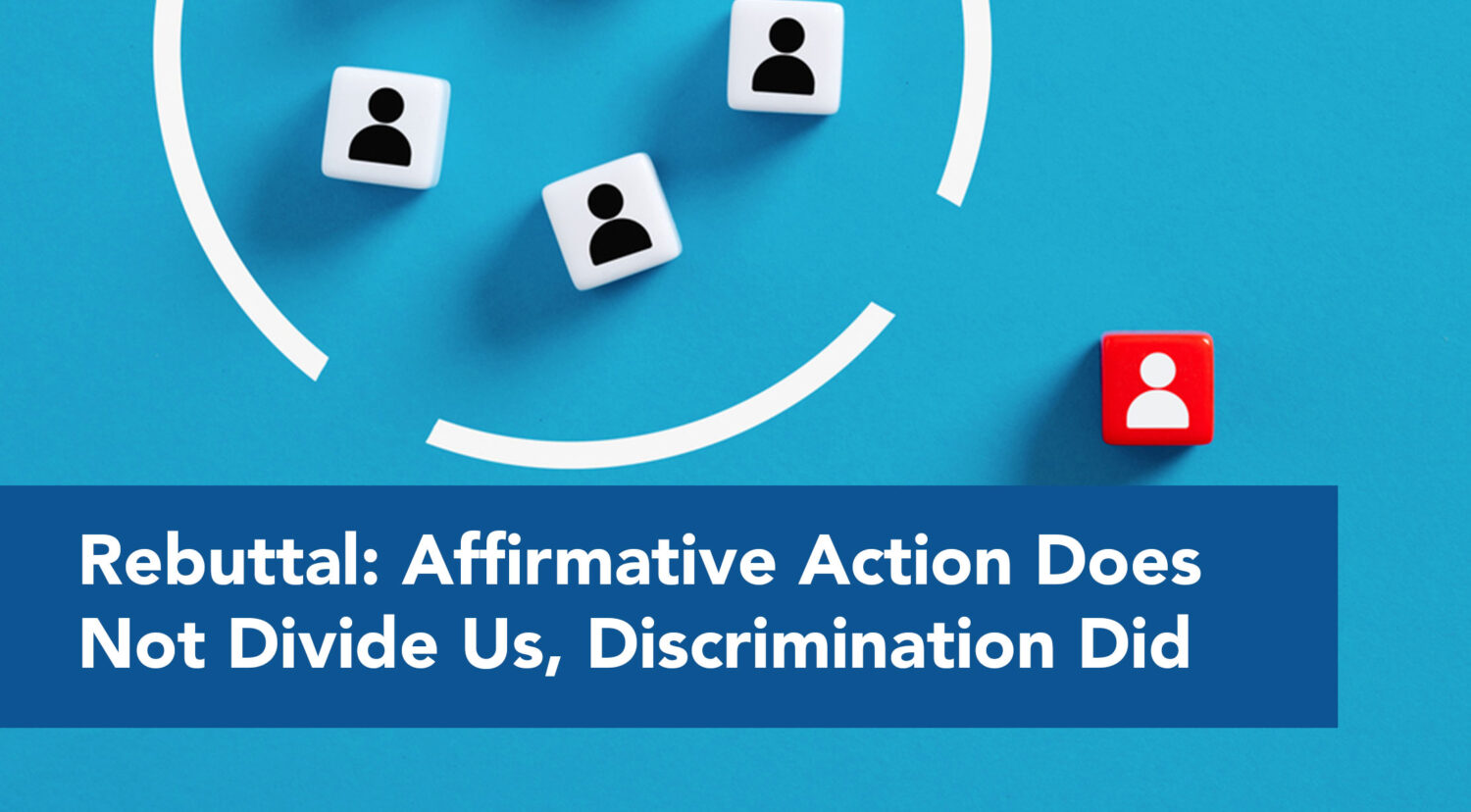

Recent events underscore the rising number of active shooter incidents in the U.S. The Washington Post reports that one in four active shooter events occurs at a workplace. And according to the Bureau of Labor, acts of violence are the third-leading cause of fatal occupational injuries.
What can employers do to protect employees and clients alike?
Robust safety and security protocols designed to deter bad actors (whether internal or external) along with employee training in responding to an incident can help mitigate the risks of workplace violence. Implicit in many of these steps are effective recruitment and employment practices. But many employers often overlook the important role of HR in preventing and detecting internal risks. Ultimately, a holistic approach that incorporates HR, security, management, and other relevant stakeholders will best prepare your workplace to deter and mitigate the impacts of workplace violence.
What is workplace violence?
Violence – both in and outside the workplace – comes in many forms. According to the Occupational Safety and Health Administration (OSHA), workplace violence consists of violent acts and/or the threat of violence that are intended to intimidate or cause injury or death to others at the workplace. Such acts can range from threats and verbal abuse to physical assaults and even homicide. Harassment and bullying are also considered forms of workplace violence by many employers. Domestic violence on the part of outside parties with a relationship to employees can also become a threat to the workplace.
Although the Occupational Safety and Health Act does not have specific requirements for addressing workplace violence, it does require employers to provide a workplace that is “free from recognized hazards that are causing or are likely to cause death or serious harm.” In addition, many states require employers to implement workplace violence prevention programs, including training, reporting, and more.
Common-law principles may also create a duty of care for employers to protect against workplace violence. Employers can be held liable under the theories of premises liability (the duty to keep people on your property safe from known threats) or respondeat superior (the vicarious liability of an employer for acts of employees that occur within the scope and course of their employment).
Employers can also be held liable for negligent hiring or retention of employees if the employer knew or should have known of the potential of violence. This necessitates that employers conduct and respond appropriately to background screens at hiring and also respond appropriately to threats or acts of violence that develop in the workplace.
Finally, workplace violence that is targeted at a protected class of employees (i.e. due to race, color, religion, disability, gender, or veteran status) can give rise to claims of discrimination and harassment. Such incidents may also lead to an investigation and action by the Equal Employment Opportunity Commission, or in the case of federal contractors, the Office of Federal Contractor Compliance Programs (OFCCP).
For all of these reasons, it is implicit upon employers to take reasonable steps to address and prevent violence in the workplace.
Risk factors and warning signs of workplace violence
The first step to preventing workplace violence is understanding the risk factors and warning signs. Particular factors may increase the risk of violence in the workplace. These include working conditions that involve:
- Working with the public;
- Working with volatile or unstable people;
- Handling money, valuables or prescription drugs (e.g. cashiers, pharmacists, jewelers, bank tellers);
- Carrying out inspection or enforcement duties;
- Providing service, care, advice or education or working in a community-based setting (e.g. health care staff, teachers)
- Working in premises where alcohol is served (e.g. food and beverage staff);
- Employees working alone, in small numbers, or in isolated or low traffic areas, and also mobile workplaces;
- Work during late-night or early-morning hours, during holidays or on pay-days, on utility bill cut-off dates, performance appraisal dates, or similar dates or time periods; and
- Locations in high-crime areas.
Employees typically display common indicators of potentially violent behavior long before they “snap” and harm others. Early recognition of these behaviors can help employers intervene before the situation becomes critical. Common warning signs of actual or potential workplace violence may include any of the below.
- Decreased productivity, inconsistent work patterns, or attendance issues, such as excessive absenteeism, lateness, or early departures;
- Sudden changes in or unusual behavior, including depression or withdrawal, or inappropriate comments, threats, or aggressive actions or gestures, such as fist-shaking, kicking, pounding desks or walls, screaming;
- Constant or continuous excuse-making or blaming, paranoia, or resistance and overreaction to changes in workplace policies and practices;
- A change in attention to hygiene and appearance;
- Suicidal comments;
- Talking about or empathizing with persons who commit acts of violence or unsolicited comments about firearms or other dangerous weapons or violent crimes;
- Actions indicating excessive focus on a particular person or group of people;
- Offensive, vulgar or other verbally abusive language; and
- Talk about problems at home, including severe financial problems or domestic issues.
Best practices for preventing workplace violence
1. Assess the workplace for potential hazards.
The first step in addressing workplace violence is to conduct an assessment for potential vulnerabilities. This includes analyzing the physical environment, location, and administrative practices (like scheduling and operations) that can contribute to potential incidents of violence.
2. Have appropriate policies and training in place.
Policies and practices should be designed to address vulnerabilities revealed by the needs assessment. Employer policies should also address measures to be taken in the aftermath of a workplace violence incident. This may include reporting protocols, reporting incidents to the police if needed, informing victims of their legal right to prosecute the perpetrator, and providing employees with prompt medical evaluation and treatment. Other steps may include providing post-incident counseling to affected employees and debriefing the incident with supervisors and management to inform future training and policy decisions.
Finally, a policy does no good unless it is actually used. So be sure your policies are consistently enforced. In addition, employees and supervisors alike should be trained regularly on your company’s workplace violence policies and procedures.
3. Conduct pre-employment screening.
Review your pre-employment screening practices, with a focus on finding and paying attention to “red flags” during the screening phase. Pre-employment screening practices can sometimes be designed to reveal if a candidate has behavioral tendencies that might lead to workplace violence or harassment. Criminal background checks and checking references from former employers, if done with care, can also help reveal problematic behaviors.
4. Carefully consider termination and post-termination practices.
Proceed with caution and treat anyone you are terminating with as much dignity and consideration as possible. An exit interview can give employees a healthy and controlled opportunity to voice complaints, frustrations, and concerns. Providing severance pay and/or not contesting a claim for unemployment benefits can also serve to minimize animus and, consequently, threats of violence.
From a logistics standpoint, consider conducting terminations at the end of the day when other employees have left. Rather than have them return to their office to retrieve belongings, bring or arrange to ship them to the employee. Make sure you get back all company property, keys, and any badges or similar items prior to them leaving. If you are not comfortable escorting them out or having someone else escort them out, consider other alternatives to ensure that they leave the premises peacefully. If you believe that the employee poses an even bigger threat, alert the authorities and consider stepping up security measures.
5. Promptly investigate and address incidents of harassment.
Harassment, if left unchecked, can and often does lead to violence. (And it’s not always the harasser, but sometimes the victim that resorts to violence.) Importantly, EEO and OFCCP rules prohibit harassment directed at persons belonging to a protected class. As such, employers are obligated to investigate complaints of harassment directed at employees in legally protected classes.
Such incidents often result in a discrimination complaint and investigation. In its investigation, the OFCCP will look to see if the company has anti-harassment policies. It will also look to see if the company followed that policy, taking an interest in whether the company periodically monitors compliance and promptly and appropriately addresses specific incidents.
Addressing workplace violence starts with HR
While preventing workplace violence requires collaboration from all stakeholders, the HR department is often in the position to first learn of and address workplace challenges that can lead to acts of violence. That’s why your HR Department is a critical starting point for employers committed to taking a proactive and effective stand against workplace violence. Federal contractors should particularly consider affirmative action obligations that may overlap with workplace safety obligations (like preventing workplace violence). Taking a holistic approach will help you stay compliant with federal contracting obligations and reduce the threat of violence in the workplace— a win on all accounts.





